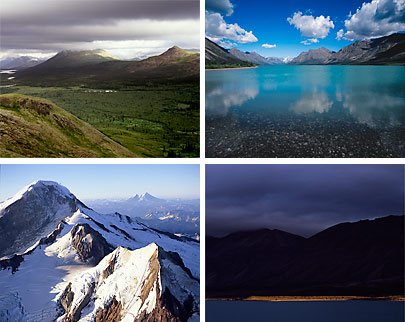Brazil is a beautiful country with many friendly people. You will need some sort of dependable transportation when traveling in Brazil. Renting a car is a good option for transportation. When traveling in Brazil there are a few things that you should know when it comes to renting a car. When you are vacationing in Brazil you may want to consider renting a car to have a way to get back and forth where you are going. There are many different car rental agencies in Brazil with some located at the airport for making reservations to rent a car. You can also contact your personal travel agent and have them to make a reservation for you in advance. If you are traveling in Brazil you will need a driver's license with you and if you are a member of AAA you may also want to obtain an International Driving Permit License from them in order to drive in Brazil.
Normally when you go to rent a car in Brazil you will receive a five speed with a manual transmission rental car. This seems to be what the vast majority is of all the rental cars in Brazil. So don't count on getting an automatic transmission when you go to rent a car. It is a smart thing to know that when you get a rental car to sign up for full insurance. This way if you are in an accident you will have the right insurance to back you up and this will give you a piece of mind. Gas prices have been known to be very expensive in Brazil. Some Brazilian cars will run on either gasoline or alcohol. Alcohol also known as methanol can cost less then gasoline. Alcohol is known to provide more horsepower and less mileage per liter. Almost all the gas stations in Brazil will offer alcohol, gasoline and diesel fuel for your car.
Brazil is known to have many toll roads on the highways. You will most likely have to stop about every thirty minutes when traveling on these highways. There are many gas stations on the highways and restaurants that are attached in with the gas stations. This will give you a good opportunity along the way to stop and gas your car up and have something to eat. They are also good places to get out and stretch your legs and give your self a break along the way when you are traveling. Brazilians drive differently then people in the United States and sometimes they look at road signs as just being suggestions.
Sometimes while driving on the highways or streets in Brazil you will be stopped by the police to check your identity and the cars registration papers. There are also speed bumps in various locations on the streets, highways and roads in Brazil close to cities and towns. These speed bumps are meant to slow the traffic down. There are different size speed bumps so you should watch not going over them to fast in order to keep your car in good working condition.


